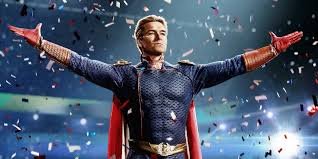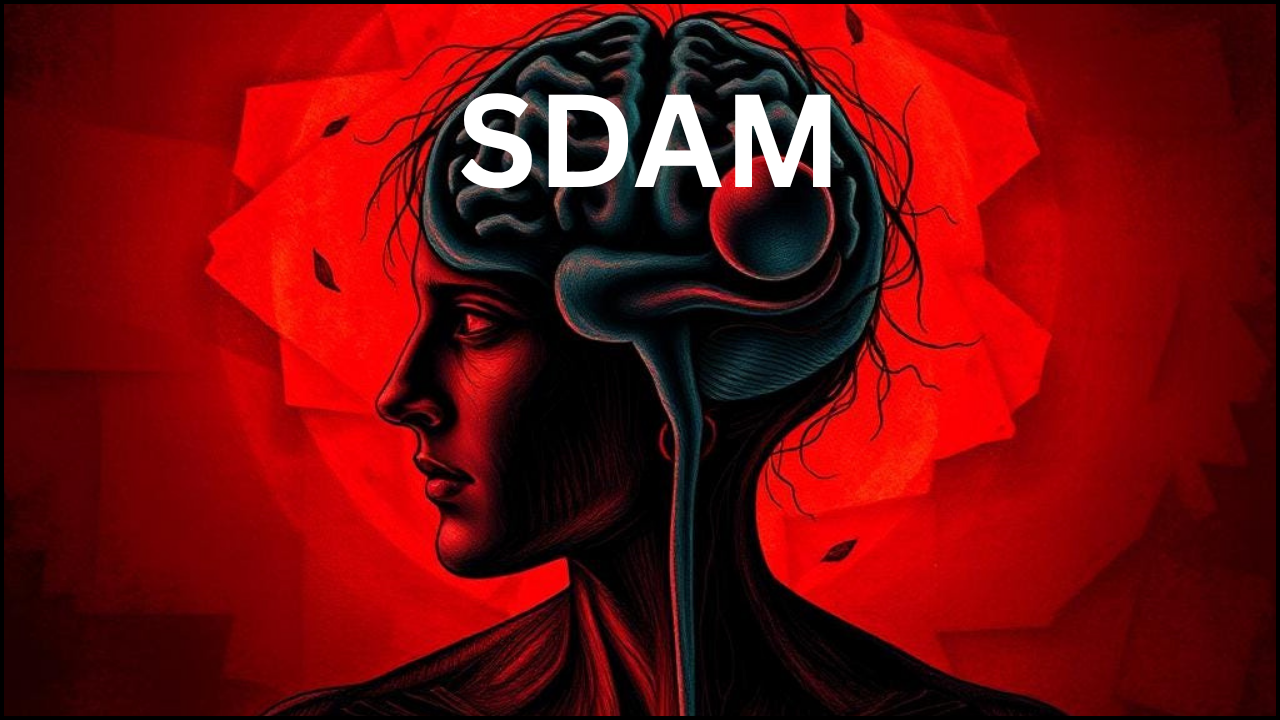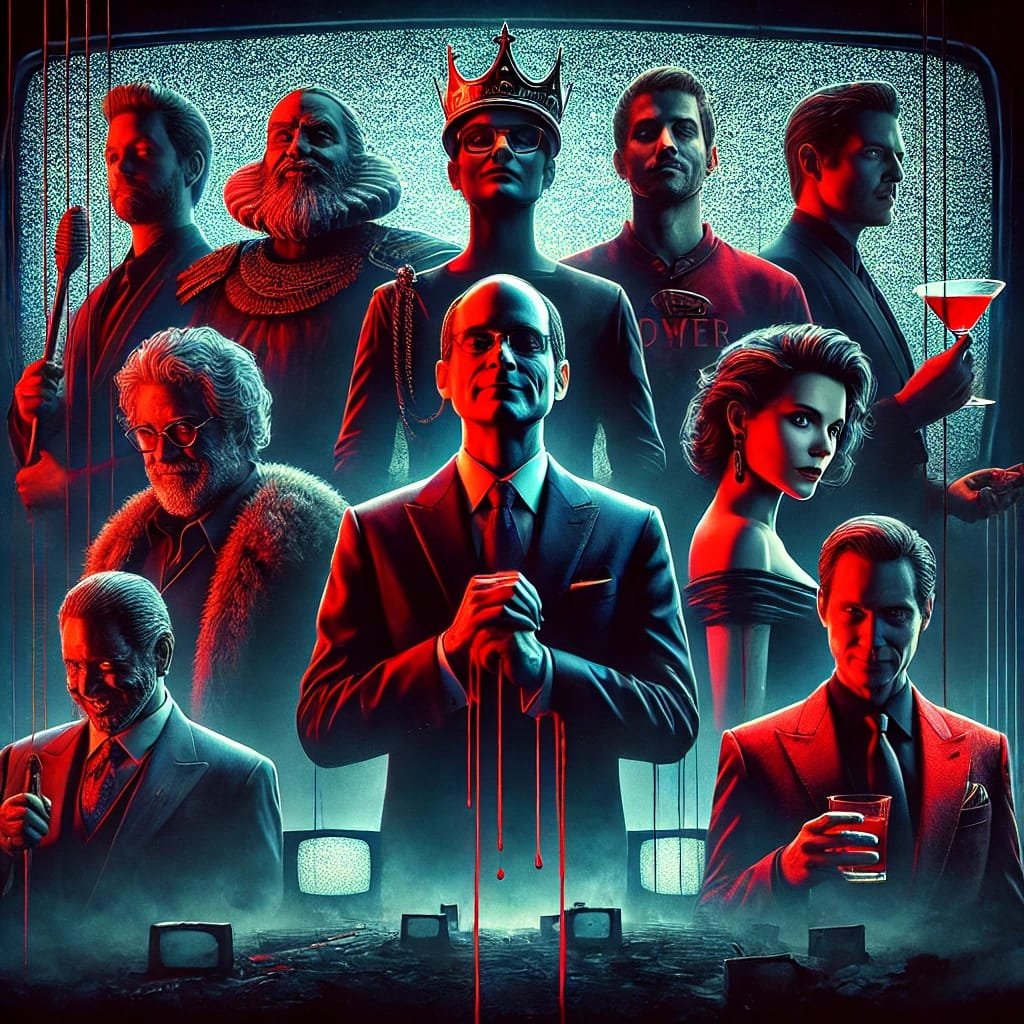
In the vast landscape of television, there are characters designed to inspire, characters to relate to, and then there are the ones who ignite a unique, visceral reaction within us: the TV characters everyone loves to hate. These aren't just one-dimensional villains; they are often complex, infuriating, or downright despicable figures whose very presence on screen manages to simultaneously annoy and enthrall. We might groan when they appear, but secretly, we're on the edge of our seats, eager to see what chaos they'll unleash next.
The phenomenon of “love to hate” is a testament to brilliant writing and exceptional acting. These iconic TV villains and unlikable TV characters are crucial to a show's success, providing essential conflict, driving narratives, and creating water-cooler moments that extend far beyond the episode's runtime. They challenge our moral compass, test our patience, and, paradoxically, often become some of the most memorable TV characters in pop culture history.
The Irresistible Pull of the Provocateur: Why We're Drawn to Unlikable TV Show Characters
So, what makes an audience love to hate a fictional character? It's a delicate balance of traits that ensures they are compelling despite their flaws:
- Charisma and Wit: Many detestable characters possess a magnetic personality or a sharp tongue that makes their deplorable actions oddly entertaining.
- Purposeful Villainy: Their evil or annoying traits aren't random; they serve a clear purpose in the story, often pushing the protagonist to new limits.
- Depth and Complexity: The best “hate-watch” characters aren't purely evil. They might have a tragic backstory, a warped sense of logic, or moments of unexpected vulnerability that add layers to their villainy.
- Impact on the Plot: These characters are rarely stagnant; they actively shape the narrative, causing significant consequences that keep viewers invested.
- Relatability (in a twisted way): Sometimes, their flaws might echo minor irritations or darker impulses within ourselves, making their exaggerated portrayal strangely cathartic.
The Hall of Infamy: Unforgettable Characters We Love to Hate
1. Joffrey Baratheon (Game of Thrones)
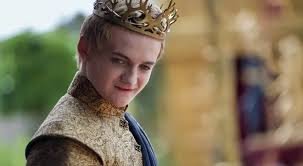
Perhaps the undisputed king of “love to hate.” King Joffrey was a petulant, sadistic, and utterly detestable ruler whose sheer cruelty knew no bounds. From executing Ned Stark to tormenting Sansa, his actions consistently enraged viewers. Yet, his presence was undeniably magnetic, a ticking time bomb of unpredictable evil that fueled much of Game of Thrones' early tension. His death was celebrated globally, a testament to how effectively he embodied pure, unadulterated villainy. https://www.ranker.com/review/joffrey-baratheon/1298190?l=2154821
- Keywords: Joffrey Baratheon, Game of Thrones, most hated TV character, sadistic villain, iconic TV villain.
2. Cersei Lannister (Game of Thrones)
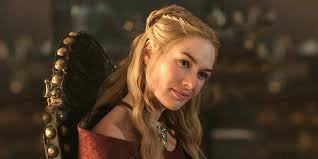
Another Game of Thrones standout, Cersei was a force of nature driven by an unwavering love for her children and an insatiable thirst for power. Ruthless, manipulative, and often surprisingly vulnerable, she was a character whose intelligence and ambition were undeniable, even as her actions caused immense suffering. Her complexity made her endlessly fascinating – a powerful woman who defied stereotypes, even if you despised her methods.
- Keywords: Cersei Lannister, Game of Thrones, complex TV character, powerful female villain, manipulative antagonist.
3. Homelander (The Boys)
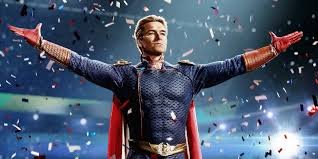
The ultimate superhero villain, Homelander is a chilling portrayal of unchecked power and narcissistic depravity. On the surface, he's America's perfect hero; beneath, he's a psychopath who craves adoration and is capable of horrific acts. His charismatic facade mixed with sudden, terrifying outbursts makes him a character you can't tear your eyes away from. He embodies the terrifying question: what if Superman was evil?
- Keywords: Homelander, The Boys, superhero villain, narcissistic TV character, compelling antagonist.
4. Gus Fring (Breaking Bad / Better Call Saul)
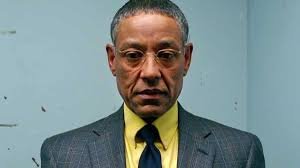
The calm, collected, and utterly terrifying drug kingpin, Gus Fring is a masterclass in controlled menace. His polite demeanor and meticulous nature belie a cold, calculating mind capable of shocking brutality. Giancarlo Esposito's subtle performance makes Gus Fring a villain you respect for his intelligence and discipline, even as you dread his next move. He's the kind of fictional villain who makes the hair on your arms stand up.
- Keywords: Gus Fring, Breaking Bad, Better Call Saul, drug lord, calculated villain, iconic TV villain.
5. Livia Soprano (The Sopranos)
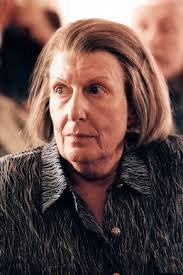
Tony Soprano's mother, Livia, proved that true evil doesn't always come with a grand scheme. Her passive-aggressive manipulation, constant negativity, and outright malevolence towards her own son made her a uniquely frustrating and fascinating antagonist. Her ability to inflict emotional torment simply by existing was a dark comedic stroke that underpinned much of the show's psychological drama.
- Keywords: Livia Soprano, The Sopranos, manipulative mother, psychological antagonist, annoying TV character.
6. Dolores Umbridge (Harry Potter series, though more prominent in films, her TV presence in adaptations is key)
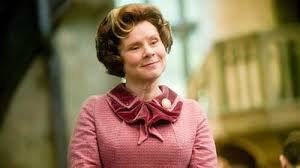
While primarily from the books, Dolores Umbridge’s chillingly sweet demeanor and oppressive policies in Harry Potter and the Order of the Phoenix (and its film adaptation) made her one of the most universally detested characters. Her saccharine voice and pink outfits hid a truly tyrannical and cruel individual, representing everything wrong with bureaucratic power. She epitomizes the villain who uses authority to inflict pain.
- Keywords: Dolores Umbridge, Harry Potter TV adaptation, oppressive villain, bureaucratic evil, hated character.
7. Ramsay Bolton (Game of Thrones)
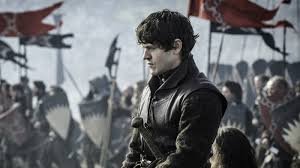
Just when you thought Joffrey was the peak of Game of Thrones villainy, Ramsay Bolton emerged. A truly sadistic and depraved individual, Ramsay reveled in torture and psychological torment. His actions towards Theon Greyjoy, Sansa Stark, and countless others solidified him as one of television's most genuinely horrifying antagonists. Audiences “loved to hate” him because he pushed boundaries and elicited strong, visceral reactions.
- Keywords: Ramsay Bolton, Game of Thrones, sadistic villain, horrifying TV character, truly evil antagonist.
8. Jim Halpert (The Office US)

This might be a controversial pick, but Jim Halpert has emerged in recent years as a “love to hate” character for many re-watchers. While initially the charming everyman, a closer look reveals his tendency to be smug, prank-obsessed, and occasionally insensitive, particularly towards Dwight. His “pranks” often bordered on bullying, and some of his romantic decisions weren't as charming on reflection. He transitioned from a relatable lead to a character whose flaws became increasingly prominent, leading to a complex audience reaction.
- Keywords: Jim Halpert, The Office US, unlikable protagonist, problematic TV character, rewatch criticism.
The Psychology of “Love to Hate”: Why We Keep Watching These Villains
Our fascination with these compelling antagonists isn't just about schadenfreude. It speaks to deeper psychological drivers:
- Moral Contrast: These characters highlight the virtues of the heroes and make us root for justice even more fiercely.
- Emotional Investment: They provoke strong emotions, whether it's anger, frustration, or even a twisted admiration for their cunning. Strong emotions mean strong engagement.
- Exploration of the Human Condition: Even in their villainy, they often reveal something about power, ambition, insecurity, or societal pressures.
- The Actor's Skill: Often, it's the brilliant performance that elevates an unlikable character to an unforgettable one, making them captivating despite their heinous acts.
Conclusion: The Essential Antagonist
These TV characters everyone loves to hate are more than just plot devices; they are indispensable elements of powerful storytelling. Their presence ensures that narratives are never dull, conflicts are always sharp, and emotional stakes are consistently high. They challenge our perceptions, elicit strong reactions, and ultimately, prove that sometimes, the most memorable figures on screen are the ones who make us clench our fists and yell at the television – all while eagerly awaiting their next appearance. They are the shadows that define the light, the discord that completes the harmony, and the reason why, sometimes, we tune in just to see them get their comeuppance.



